Cairo Citadel | Ankh |
Cairo Citadel , or The Citadel of the Mountain (Qal‘at al-Jabal) in Cairo is one of the major works of military architecture of the middle ages.
Situated on a spur that was artificially cut out of the Muqattam Hills, the Citadel dominates the city of Cairo and turns its back to the rocky hills and the desert behind.
Cairo Citadel History
The Citadel Founded by Salah al-Din al-Ayyubi (Saladin) in 1176 AD, the Citadel was a sign of the coming of a new regime whose roots were foreign and tastes were military.
For almost seven centuries (1206-1874 AD), it was the seat of government for the Ayyubids (1171-1250 AD), Mamluks (1250-1516 AD), Ottomans (1516-1798 AD), and the Muhammad ‘Ali Family (1798-1952 AD), as well as a real and symbolic barrier between the rulers and the ruled. During this long period, it was the stage upon which the history of Egypt was played out.
Cairo Citadel Facts
Cairo Citadel has changed a great deal since it was first built. Subsequent Ayyubid and Mamluk patrons, especially al-Kamil Nasir al-Din (r. 1218-1238 AD), al-Zahir Baybars al-Bunduqdari (r. 1260-1276 AD), and al-Nasir Muhammad (r. 1293-1340 AD) divided it into northern and southern enclosures.
Also, They rearranged its interior, endowed it with an impressive number of palaces and other structures, built a hippodrome for parades and polo games below its western side, and surrounded it with buildings, except on the east, where the rocky hills hindered construction.
The later Mamluk sultans did not add much to it, but at the end of the 15th century they twice refurbished it.
Cairo Citadel under Ottoman occupation
Under the Ottomans, it was divided into three semi-independent parts: the northern enclosure contained the barracks of the Janissaries (the main corps in the Ottoman army).
The lower areas in the west became the residence of the al-‘Azab (the locally recruited troops); and the southern section of the southern enclosure was occupied by the pasha sent from Istanbul and his troops.
Its interior was reorganized many times, though its surface area did not expand, but not much is known about these changes.
Mosque Of Muhammad Ali
Cairo Citadel was radically reconfigured in the first half of the 19th century when Muhammad Ali Pasha razed the few standing structures that date to the Mamluk period, rebuilt most of its walls, changed its interior organization.
Added a monumental funerary mosque, four palaces, a hall of justice, an arsenal, a mint, a powder house, a huge terrace, numerous barracks for the troops, and established new entrance routes.
It remained the residence of his descendants and their seat of government until 1874 AD, when Isma‘il Pasha (r. 1863-79 AD) moved to the newly built ‘Abdin Palace.
During the British colonial occupation (1882-1946 AD), it became the headquarters of the British army until 1946 AD, when it was turned over to the Egyptian army.
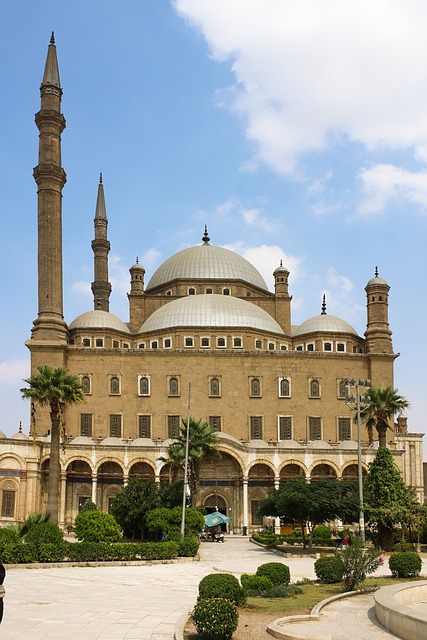
Islamic Cairo
In subsequent years, it was slowly acquired, one section at a time, by the Supreme Council of Antiquities (SCA), with the last army personnel leaving the premises in the late 1980s.
Its layout was reshaped again in recent years by the SCA to accommodate tourist movement around the remaining monuments.
Today, the Cairo Citadel is the most visited Islamic monument in Egypt. Within the enclosure walls are several important buildings that are open to the public.
Including the famed Mosque of Muhammad Ali (1828-1848 AD), which dominates the skyline of Cairo; the Mosque of Sultan al-Nasir Muhammad (1318); the Mosque of Sulayman Pasha (1528 AD); Gawhara Palace; and several museums.
Cairo Citadel opening hours
Open daily, 8AM-5PM
Mosques closed during Friday prayers
Cairo Citadel Ticket Price
Egyptian/ Arab: LE 50 (Students: 25 LE)
Foreign: 10 USD (Students: 50 LE)
Student rates available to bearers of a valid student ID from an Egyptian university or an International Student ID Card (ISIC)
Location and Directions
Cairo Citadel is located between Midan al-Qal’a (Citadel Square) and the Muqattam Cliffs [linkàpop-up map]
BY BUS: Bus numbers 174 and 173 stop at Midan Salah al-Din, in front of the Cairo Citadel
BY TAXI: Ask for “el-al-ah”
Cairo Citadel Facilities
Restaurant, gift shops, bank, restrooms
All visitors should dress modestly (i.e. long skirts or pants, no low-cut shirts or exposed shoulders) and be prepared to remove their shoes in order to enter the mosques. Women should bring a head covering for entry into the mosques.
The complex is wheelchair accessible, although several of the buildings inside are not and the ground is often uneven.


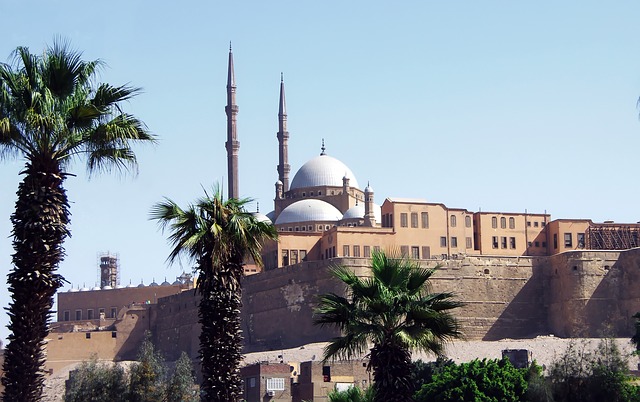
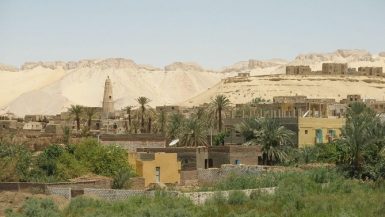
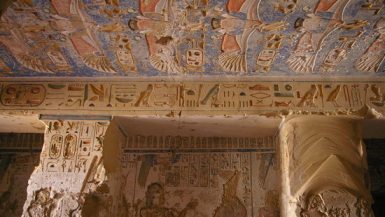
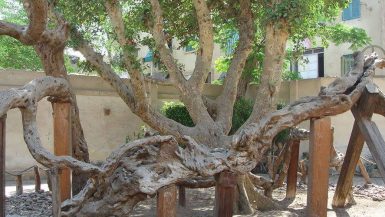
Leave a reply